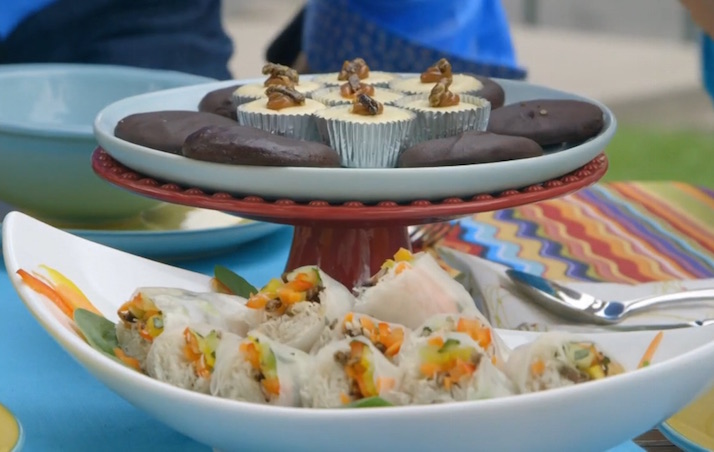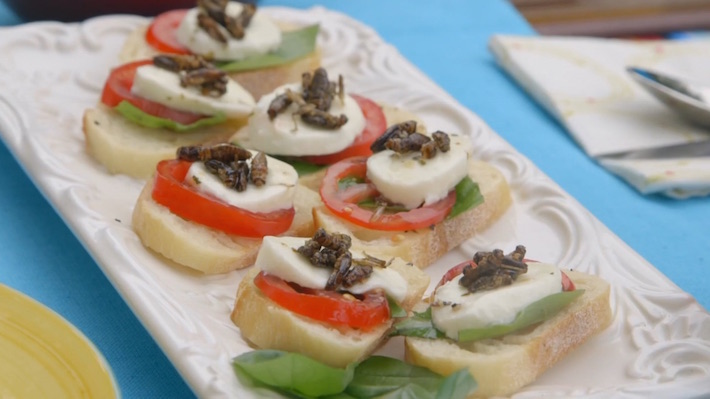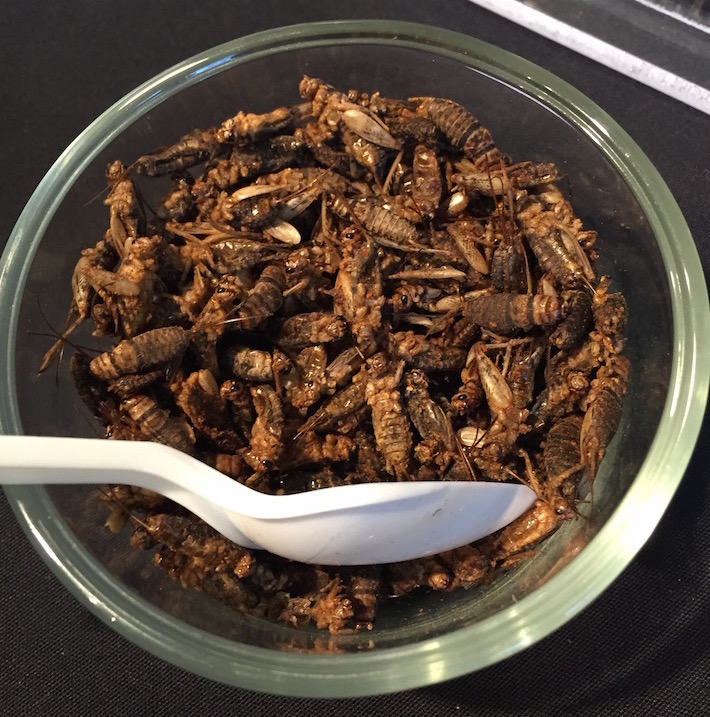 As Game of Thrones fans can tell you, one of the shocking revelations of the books is that we once ate sea lampreys, those jawless, suction-toothed horrors, and that they were considered among the very best things to eat. As history buffs can also tell you, the twist is that if those same lords and ladies of old were to learn that their descendants would one day be eating lobsters and crayfish, the scuttling scavengers of the disgusting bottom of the ocean, they’d be equally horrified at us.
As Game of Thrones fans can tell you, one of the shocking revelations of the books is that we once ate sea lampreys, those jawless, suction-toothed horrors, and that they were considered among the very best things to eat. As history buffs can also tell you, the twist is that if those same lords and ladies of old were to learn that their descendants would one day be eating lobsters and crayfish, the scuttling scavengers of the disgusting bottom of the ocean, they’d be equally horrified at us.
Across generations, our attitude towards food can change dramatically and right now that process is happening with edible insects. Just as sushi from Japan introduced raw fish to our Western diet in the 1960’s, the edible crickets and mealworms that are a favourite in countries like Thailand and Cambodia are today gaining popularity, partly through an appreciation for sustainable farming, but mainly because once you place a cooked cricket into your mouth, the ick factor simply vanishes.
Gram for gram, crickets offer more than twice the protein of beef, provide two and half times the iron of spinach, and are rich with vitamins. They take up less feed and land as livestock and so can save the planet in water and energy usage. With our global population expected to rise to 9 billion by 2050, we’re reaching the limits for what we can produce as beef, pork, or poultry, and so insect protein has become an attractive complimentary source for the future.

As edible insect chef Caryn Goldin says on What She Said “if you convince a family of four to convert one day a week’s protein consumption into the crickets or into the insects, over the course of the year they would save over 650,000 litres of water”.
There is now enough interest in North America for eating insects to support several cricket farms with Entomo Farms, located outside of Peterborough, Ontario, being the largest with 40,000 square feet of indoor space dedicated to raising millions of crickets every six weeks. The insects are humanely frozen at harvest and either roasted to be served whole or milled into a powder that can be mixed into a range of other foods, from soups and smoothies, to salads, melts, muffins, and even ice cream.
In Thailand, parents send their children out into the neighbourhood before bedtime to collect crickets that they then take with them to school in the morning where the cook collects the bounties as they line-up for class and then prepares the crickets as their group meal for lunch. This only works because the kids enjoy the meal and are willing to participate.

For those living in South-East Asia, our behaviour is confusing. Why do we eat the multi-legged, exoskeleton-armoured creatures of the ocean like prawns and shrimp, but not the multi-legged, exoskelton-armoured creatures of the land like grasshoppers or silk worms? Perhaps if we found crabs scuttling around our bathrooms at 2 am we might see our seafood menus differently.
The safe bet is that our sensibilities with food will always change and evolve and with the interest in edible insects being a strong one, it presents an opportunity for those keen on the future of food, for chefs to invent more palatable and creative dishes around crickets and for doctors and entomologists to study the impact of grasshoppers, mealworms, and other as-yet-discovered table-friendly bugs on our lifestyles.
